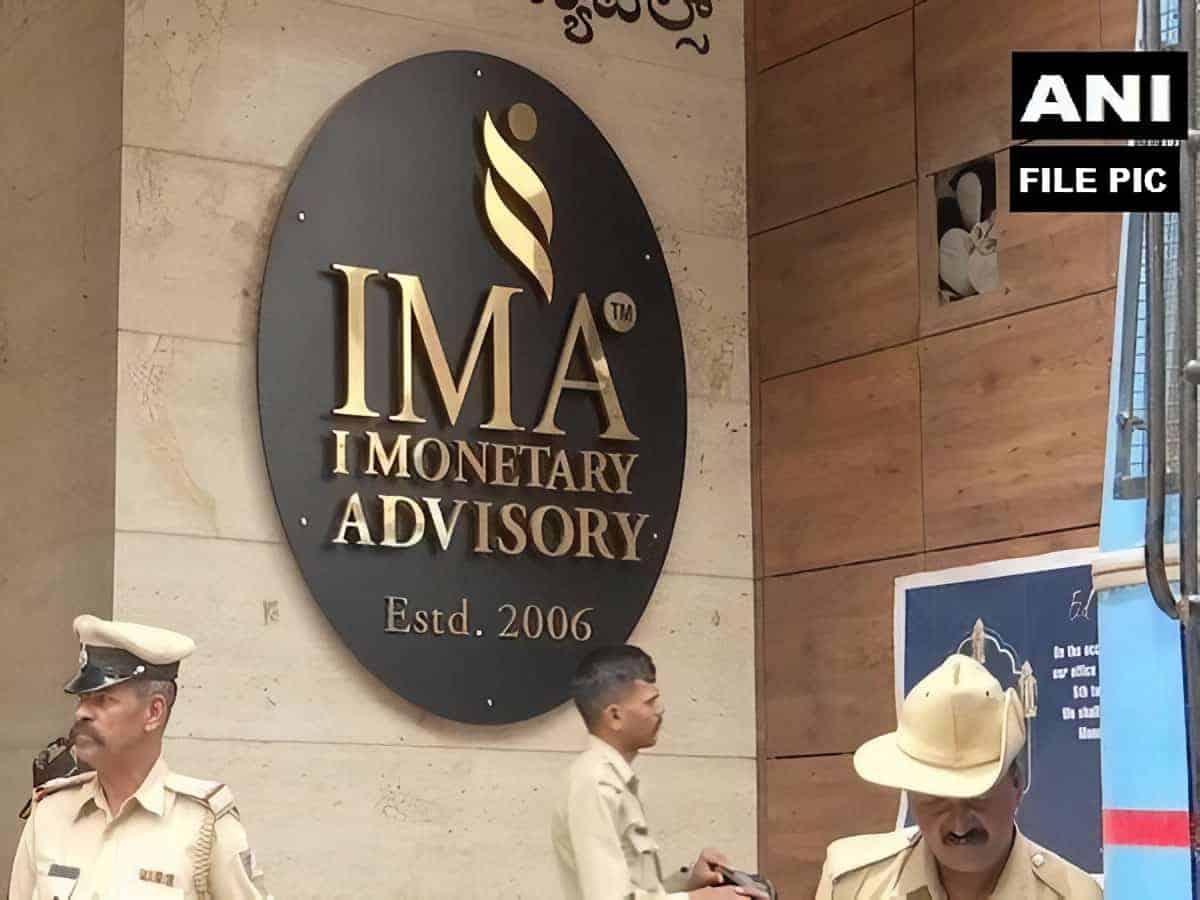M. A. Siraj
Bengaluru: An unnatural death linked to the notorious IMA Scam in Bengaluru was reported on June 23. Senior IAS officer B. M. Vijay Shankar, 58, who was posted as Additional Mission Director of Sakala, was found dead in his house in the city. Shankar had been facing charges of giving a clean chit to the IMA which was reportedly involved in a fraudulent transaction. The investigation had been assigned to him in 2017. The IMA had dispossessed thousands of investors, mainly Muslims, of sums to the tune of nearly Rs. 3,000 crores.
Shankar was found dead in his house by family members last (June 23) evening. Though autopsy was conducted on Wednesday (June 24), the police have not attributed any reason for the death which is suspected to be a case of suicide.
Vajay Shankar who was Bengaluru Urban Deputy Commissioner till the IMA scam burst open on June 9, last year, was arrested on July 12 (2019) on charges of receiving Rs. 1.5 crore as bribe from IMA Managing Director Mohammed Mansoor Khan allegedly for giving him a clean chit in an internal probe. The arrest had been made by the Special Investigating Team (SIT) which was earlier probing the case. The SIT had later recovered the bribe money from a builder where Shankar had allegedly invested it. Later the case was handed over to the Central Bureau of Investigation (CBI). Shankar had been named as an accused by the SIT and the CBI filed a case against him and sought permission from the State Government to prosecute him. He recently got out on bail and was posted as Additional Mission Director of Sakala. It is significant that Shankar himself had filed a petition before the Karnataka High Court to entrust the case to the CBI while contending that the SIT had no jurisdiction to investigate it.
The case had been gathering knots ever since the Ponzi scheme floated by Mohammed Mansoor Khan went bust last year. Mansoor Khan fled to Dubai on June 9 after having accused the then State Minister Roshan Baig in a video clip that went viral, of having borrowed Rs. 400 crore from the company and not returning it. Baig had refuted these charges in a press conference four days later. Baig had said that he was nowhere associated with the company but had undertaken some developmental activities for which the IMA extended assistance under the Corporate Social Responsibility (The Hindu, June 13, 2019).
It seems not merely some clerics and Muslim politicians, several officials too were hand in glove in keeping the IMA Ponzi schemes afloat for over a decade. The business model followed by Mansoor Khan and his company involved paying high returns (5% a month, which totals up to 60% in a year) on their investments/deposits by cash not from profits earned through legitimate business but using new capital being lured through fraudulent advertisements. The involvement of officials is corroborated by the fact that even in January last year the State CID had reported that “they had not found any shortcomings in the manner in which IMA was operating and noted that no investor had come forward to file a complaint against the IMA”.
According to Mr. Harsh Gupta, senior IAS officer heading the Special Competent Authority to oversee seizing of properties belonging to the IMA and its directors, liquidating the companies and settling the claims, nearly 80,000 persons had invested close to Rs. 2,900 crore in the IMA and its companies. Of the total investments, the company had returned Rs. 1,400 crore to them by way of ‘profits’ or ‘dividends’. However, the value of the properties so far confiscated is said to be merely Rs. 450 crore. Ambiguity characterizes the case as to whether ‘returns’ made to the investors could be termed ‘dividends’ and deducted from the originally invested/deposited amounts while settling the claims.
Even as early as 2017, the Income Tax Department had raised a red flag about genuineness of IMA’s business activities. In a raid conducted on premises of companies floated by Mansoor Khan, the enforcement authorities had found ‘unexplainable cash’ to the tune of Rs. 1,000 crore which they had suspected to be ill-gotten wealth of a few prominent politicians from the community to which he belonged. It is useful to be reminded that the period was just around the closing dates for depositing of demonetized Rs. 100 notes. It was alleged that Khan had shown the money to be sourced from crowd-funding and opened a multistory jewellery showroom in Cantonment area of Bengaluru which had stocked nearly 1,200 kilogram of gold jewellery.

